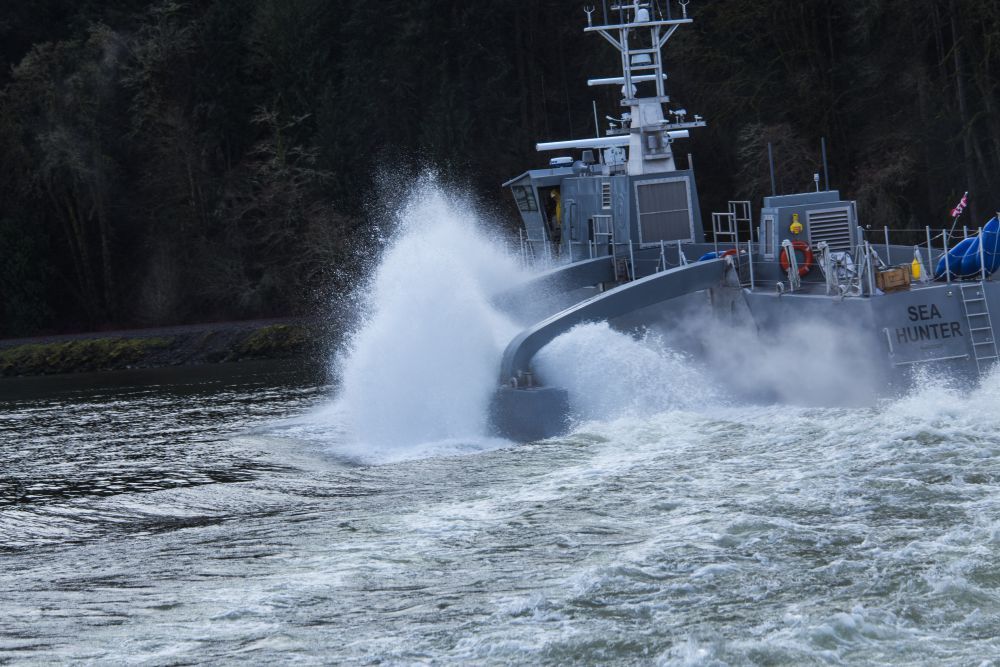The Sea Hunter, the U.S. Defense Advanced Research Projects Agency’s most ambitious unmanned vessel to date, may well be the most advanced self-navigating surface craft in the world. Its 130-foot trimaran hull is designed for a maximum speed of 27 knots and operations in conditions up to sea state five. It can conduct missions of up to 70 days without resupply, and can work unmanned to perform tasks too risky for human sailors. It is even capable of complying with the Rules of the Road, in certain well-defined situations. And it can do all of these things at a construction cost of $23 million, a bit under one percent of the price for a Zumwalt -class destroyer (excluding R&D).

But the project’s engineers acknowledge that truly autonomous operation lies some way off for Sea Hunter. Crucially, it does not presently have the ability to perceive and understand COLREGS-defined lights, shapes, sounds and vessel categories. The Rules require vessels to “at all times maintain a proper lookout by sight and hearing as well as by all available means… so as to make a full appraisal of the situation and of the risk of collision.” Among other things, this implies the bridge team’s ability to understand the COLREGS give-way requirements for differing vessel types (Rule 18). While Sea Hunter knows that under the right circumstances it has the right of way when interacting with a power driven vessel, it cannot tell the difference between a power driven vessel and a sailboat or a vessel restricted in its ability to maneuver – vessel classes which will have the right of way over Sea Hunter (with exceptions).
